Museum Absolutely Refused To House This World War 2 Uniform After Searching Through The Pockets
The Investigation
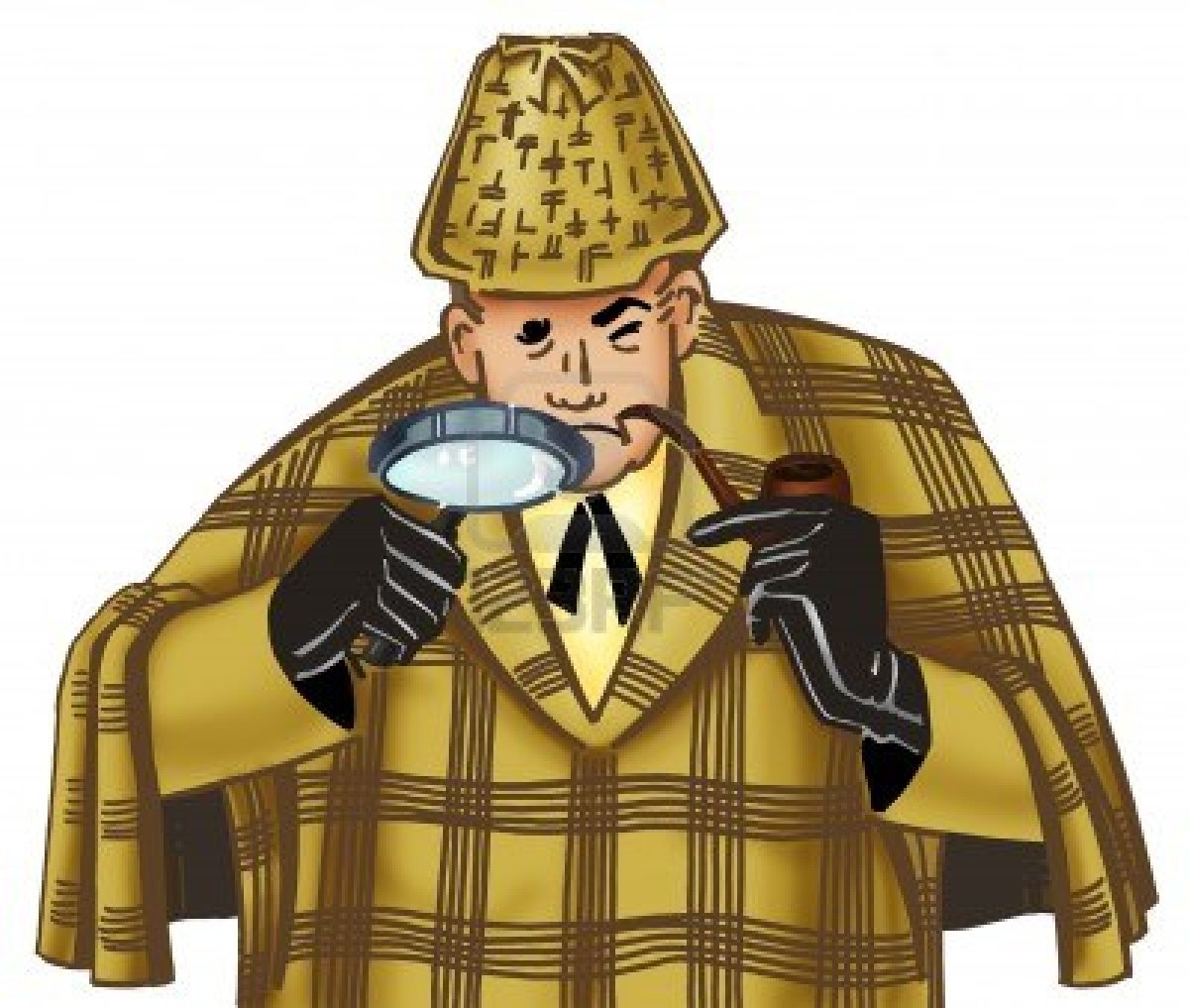
It is very wonderful what modern technology and a little curiosity can do. After wanting to know more about the person in the pictures, Dabros did some investigation. She soon found that this guy in the pictures was a medical officer in the Polish army named Lucas Kulczycki. And following the war, Kulczycki shifted to Manitoba and had not taken his uniform with him there.
Research Findings
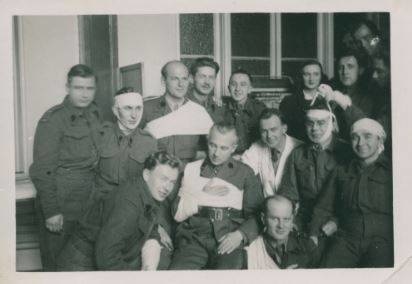
So upon further investigation, she discovered that Kulczycki moved from Manitoba to the United States in order to carry on with his medical career. Dabros also found out that Kulczycki spent some of his time living in Boston and soon he made another move to live in Washington. This is where he took up the study of cystic fibrosis and was a master in this subject.
Most Important Question

Dabros further found a few other amazing facts about the owner of the photographs in the uniform pocket. She discovered that he went on to become a very masterful pediatrician as well. These were some of the things that Dabros could quickly dig up when it came down to the identity of the uniform owner. And then came the most important question of all. Was he still alive though?
Locating His Family

After learning that Kulczycki had made such an impact and quite the name for himself in the field of medicine, Dabros made a quick assumption that he would be quite easier to find. Dabros felt in her heart that it would be right to give the former Polish soldier his uniform back because it was the right thing to do. So she decided that she would personally reach out to him…
70 Year Old Uniform
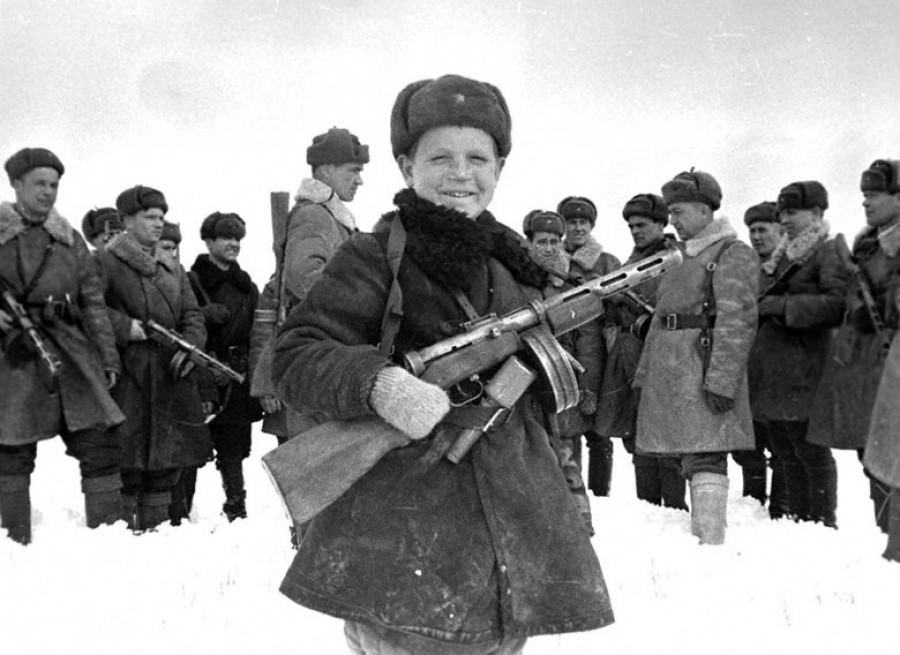
After much investigation, she finally decided that it was time to find out where the Polish war soldier was. Dabros found out who his family was and then she could reach out to his daughter, Dorothy Kulczycki Schilder. So how do you think his family responded when approached by her? Well, Schilder could not believe that her father’s uniform from 7 decades ago was found.
Overwhelmed Daughter
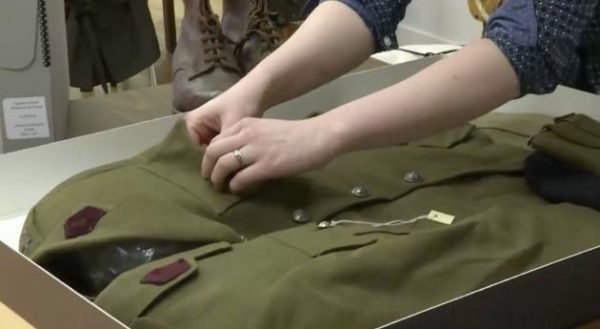
So when they finally go the Schilders’ residence, his daughter was in utter shock that something from her dad’s from his old life found its way to their home. She was so overwhelmed to see this at her doorstep and the news that her father’s uniform had been kept properly all this time. Dabros made it a point that the uniform was perfectly boxed.
Telling Her Dad
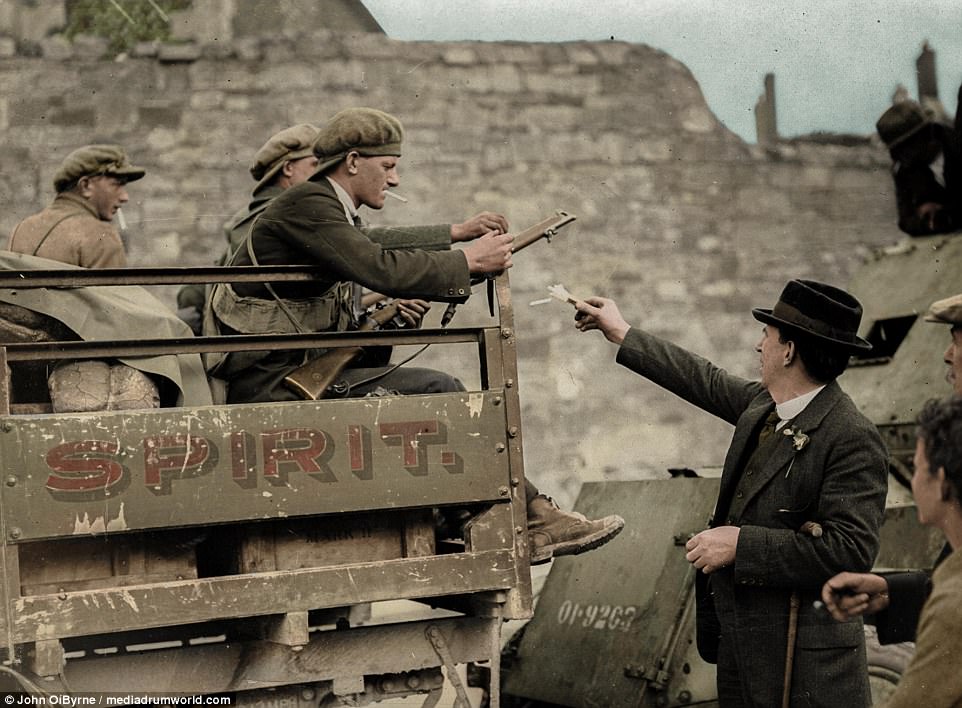
Since she made sure to box the uniform carefully, Kulczycki’s daughter was able to get her dad’s war uniform. She graciously accepted the uniform from Dabros and the museum. She was so happy that her father’s life as a soldier and the memory that he had left could now in a way, be experienced by her. She could not wait to break the news to her father.
He Wore Them Again
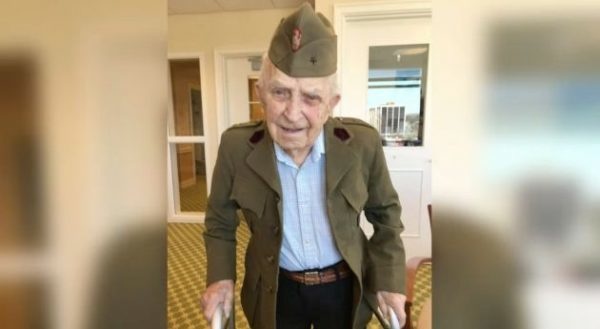
So when Dabros went to the Kulczycki’s residence, and his daughter received the uniform of her dad, it was truly an emotional moment for her. She could wait no longer and called upon her father to break the awesome news to him. She sat him down and informed her 106 year old dad that his old military uniform had reached its way to them. Kulczycki then wore the uniform which gave him flashes of the past.
What Happened Then?
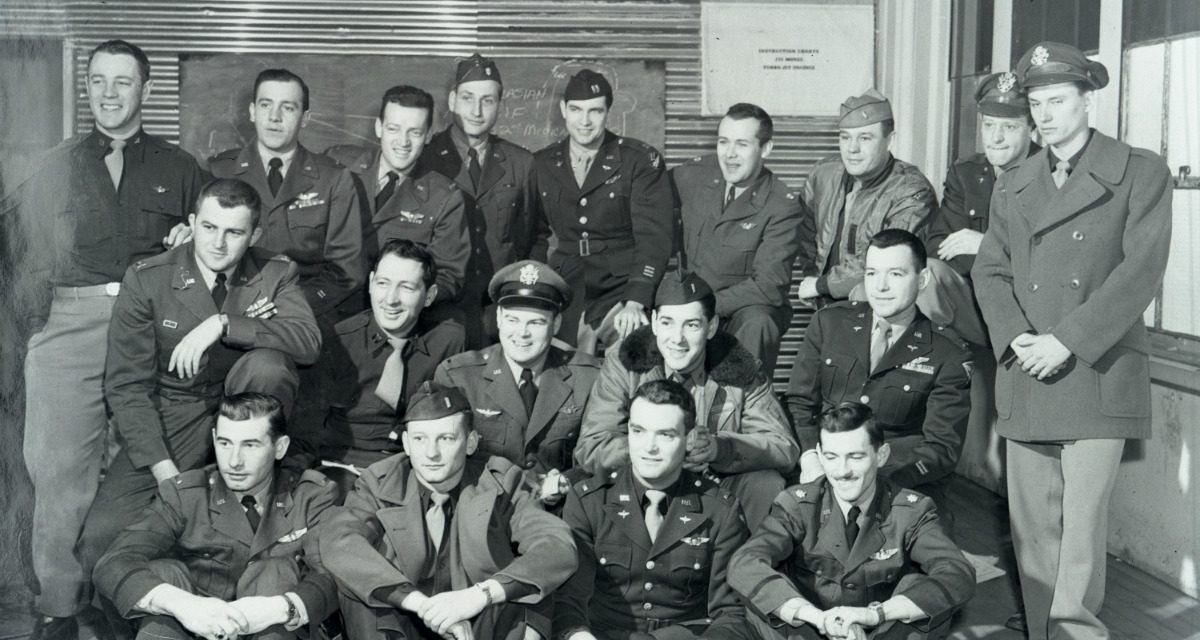
To be over 100 years old and put on the uniform that you had worn during World War 2, 70 years ago that day must have been quite a moment for Kulczycki. His daughter later explained to the interviewers, “We put the jacket and the hat on him and it still kind of fit, it was a little snug fit. He smiled and he seemed to have some recognition of some of the items and photos.”
A Few Weeks Later
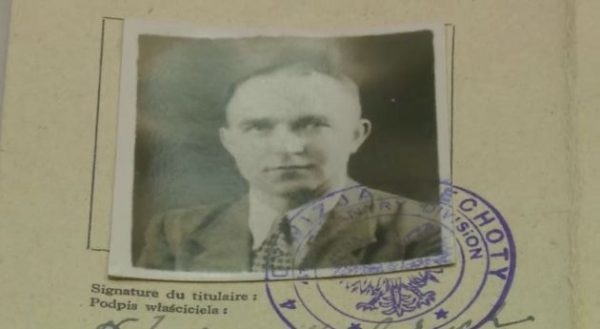
So the uniform that had been worn by one of the World War 2 soldiers could finally be donned on once again by its rightful owner. For the museum to not have kept it was something that made much more sense. They were able to gift Kulczycki his uniform and not just put it up as an attraction at the museum. Unfortunately, the former Polish soldier expired on May 3rd, a few weeks after he received his uniform.
A Chance To Reminisce
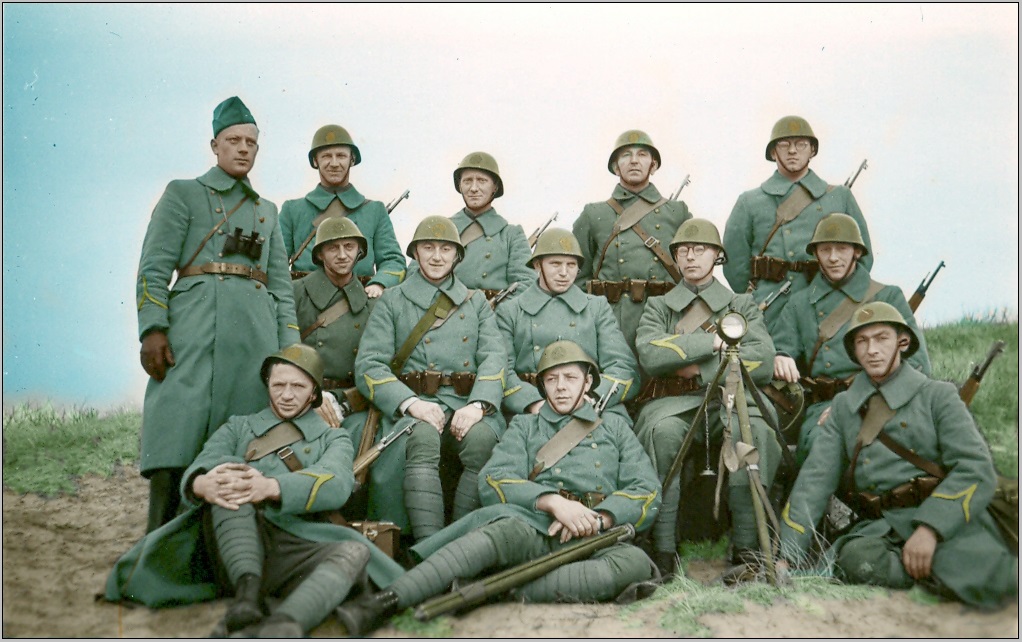
Even though Kulczycki did not live so long after the day he got his uniform back, it was so special that he could wear what he fought bravely in years ago. It was nice of the museum to put an effort into letting him get back a glimpse of his past and his former life as a war veteran. The museum has also made a point to spread his amazing story for visitors to learn and be inspired by.
Returning The Uniform
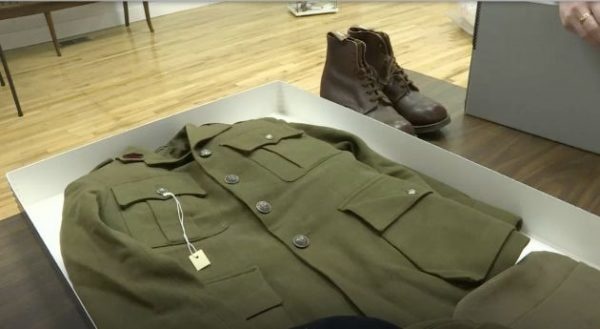
Even though her dad got the rightful chance to get to wear his uniform one last time before he passed away, Kulczycki’s daughter knew that after he died, it had to go back. She knew that it was such a precious item for the museum to spread awareness and information about the war time. So what did she do? She decided to return it for them to put it on display.
The Right Place

Kulczycki’s daughter knew that it was better for the museum to keep the uniform back as it is truly a precious military history item that needs to be shared with everyone. If she kept the uniform, she knew that it was going to be kept inside a cabinet, not to be used at all, so she made her mind up to gift the museum the uniform back where it would be treasured.
Here are some of the most shocking and interesting findings from the recent past that will surely delight your brain…
War Soldier’s Postcard

A postcard sent from an army medical hospital in Rockford, Illinois, 7 decades ago finally reached the former upstate New York home of the couple who sent it. During his time at Camp Grant in Rockford, soldier George Leisenring’s parents met him and he sent his sisters Pauline and Theresa Leisenring a postcard at the family home in Elmira, NY which said, “Dear Pauline and Theresa, We arrived safe, had a good trip, but we were good and tired,” reached in the year 2012 only.
A Billion Dollar Art Haul
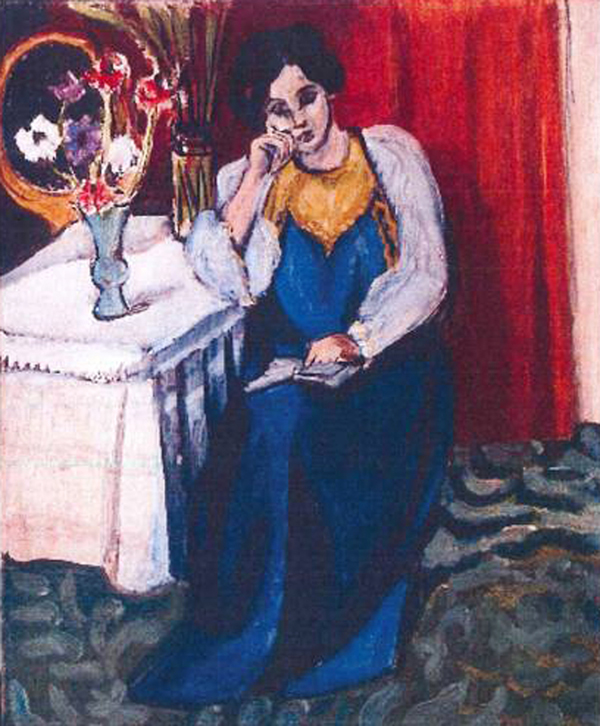
There were a number of Nazi art worth billions that had been discovered too. They were discovered in an apartment in Munich behind rotten food. Around 1500 paintings that were done by masters of art like Picasso, Renoir, Matisse, and Chagall that went missing during the time of the Dresden bombing in 1945. The paintings were taken into custody by the Nazis. However, these incredible works have been taken back by investigators giving them back to their owners.
WWII Carrier Pigeon’s Message
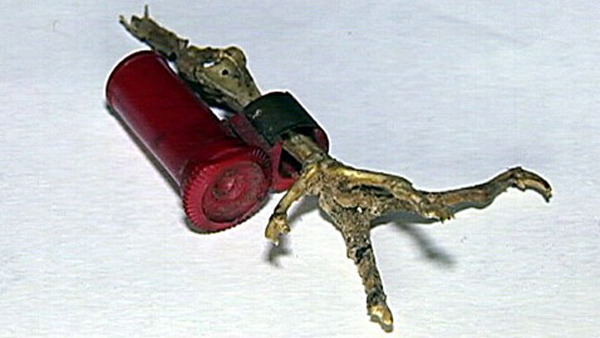
As a family restored their fireplace in their Surrey home in England, David Martin found a coded message attached to the skeleton of a carrier pigeon. The bird was actually making its way back from enemy lines at the Bletchley Park in Surrey. This place was the British army’s main decryption center during WWII. This bird unfortunately never reached its destination and got stuck in this chimney for over 70 years…
Barrels of Lard
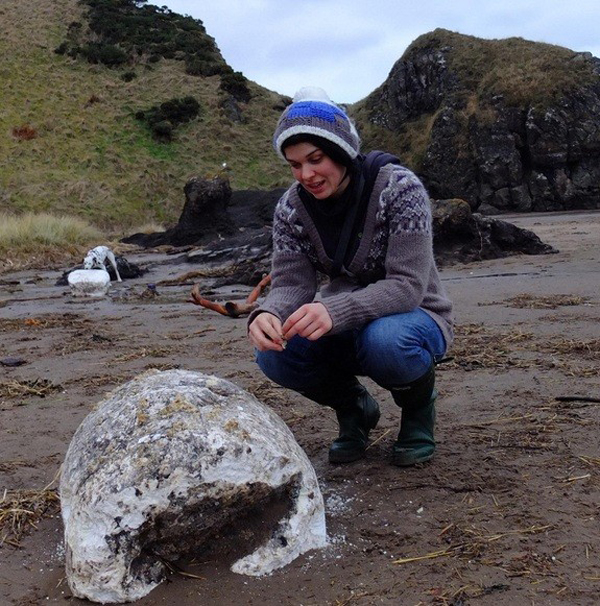
A large number of barrels from the WWII-era lard that was from a shipwreck washed ashore on a Scottish beach after storms lashed St. Cyrus Natural Reserve. This is about 100 miles north of Edinburgh. The wooden barrels had broken apart but the lard was still intact. The lard was seen on the shores after a merchant ship was bombed during WWII, continually washing up after every bag storm.
Lost WWII Battlefield
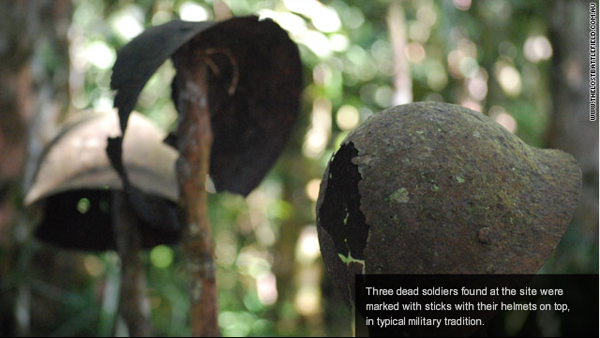
A WWII battlefield that still has all the utilities of the Japanese soldiers had been discovered in the jungles of Papua New Guinea in 2010. Former army captain Brian Freeman this place at around half a mile from the village of Eora Creek. This was the place where the last huge battle between Australia and Japan took place. This was a hunting ground for the locals but this battlefield was not used in respect for the dead, plus the spirits of the deceased soldiers were believed to be roaming here.
Japanese Super Submarine
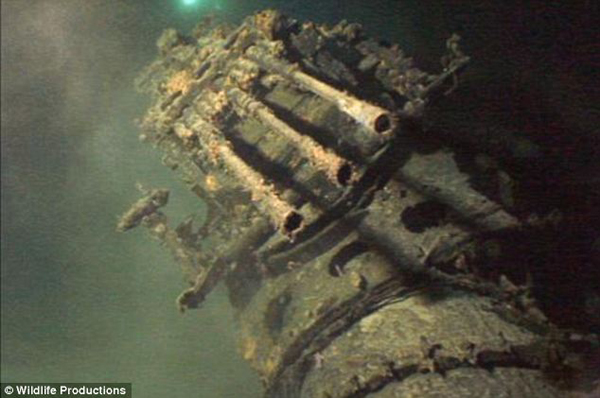
A Japanese mega-submarine that could not be located since 1946 had been found recently. It had been found on the southwest coast of Oahu under 2,300 feet of water. The I-400 was the largest and most technologically advanced submarine during its time. Without the need to refuel, it could go one and a half rounds circling the earth. It helped in deploying three 1800kg bombs that resurfaced in just a few minutes. By the end of WWII, it was in custody of the US kept in Pearl Harbor for inspection.
Millions In Silver
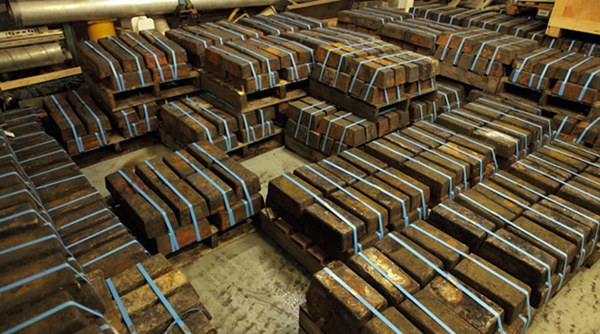
A British merchant ship that was attacked by the Nazis in 1941 had been found about 300 miles off the coast of Ireland, 3 miles underwater. This lead to another discovery of a whopping 61 tons of silver worth about $36 million. There were about 1,574 silver ingots weighing a total of 1.8 million ounces. This ship was going from India to Liverpool, but the Gairsoppa was forced to break away from a military convoy off the coast of Ireland because of lack of fuel and the harsh weather.
A Hidden WWII Bomb
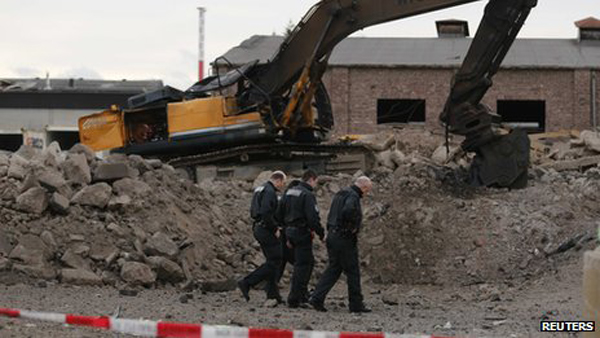
A WWII bomb that had been placed underneath a German construction site killed a digger driver. This bomb also left another eight additional workers heavily injured. The explosion was caused due to the fact that the digger lifted dirt and debris from the location. The bomb made quite the impact and resulted in the vibrations of cars and buildings that were a kilometer away.
Remains of Marines In A Bomber Wreck
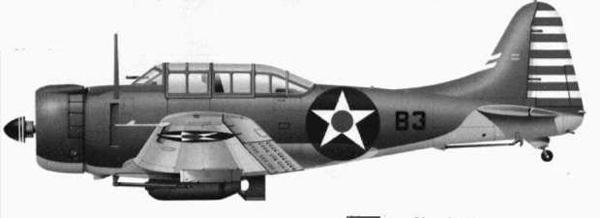
The remains of Staff Sgt. Thomas L. Meek of Lisbon La. and Capt. Henry S. White of Kansas City, Mo. had finally been discovered after 70 years following the time when the dive bomber fell in the South Pacific. In July 1943, White and Meek took off from the Turtle Bay Airfield on Espiritu Santo Island in New Hebrides and were never heard from again. The plan was only found in 2010 and the remains of White and Meek were discovered.
German Submarine
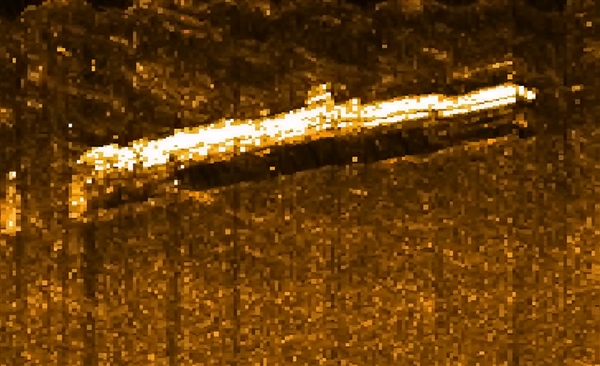
A U-550 submarine had been discovered around 70 miles in the south of Nantucket, Massachusetts, USA underwater. The sub was one of the German warships that were used to fire at merchant ships and forced blackouts in coastal cities. In April 1944, the U-550 fired shots at the SS Pan Pennsylvania that was on a journey towards Great Britain with 140,000 barrels of gasoline. The crew on board U-550 abandoned the sub when it sand. Its location had been a mystery for 70 long years.
And speaking of world war findings, here are some of the most important invention made during, because of and for the wars that we must be thankful for today…
Computers

Everything we read and watch has been only due to this marvelous invention that came out during the war time. All our smart phones and even the mere fact of you reading this would not have been a possibility if it weren’t for modern computing. Nothing would have been possible if it was not because of the Government Code and Cipher School at Bletchley Park and Colossus. It was first used to crack Enigma codes then later used in professional, then personal settings.
ATMs

Inventor Luther Simjian moved to America from Armenia at the age of just 16. He later took over 200 different patents for inventions that ranged from flying simulators to computerized indoor golf ranges. In 1939 Simjian started planning the world’s first working ATM. However, only in the 1960s was he able to get a New York City bank (today’s Citicorp) to install his invention in their branches. The machine was not trusted by the public. “It seems the only people using the machines were a small number of prostitutes and gamblers who didn’t want to deal with tellers face to face,” Simjian revealed.
Superglue
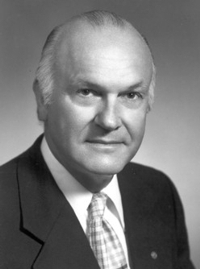
Superglue was an accidental invention because the inventor intended on manufacturing gun sights. Dr. Harry Coover, who was an employee at Kodak realized that the chemical he was using was able to bond exceptionally well. They could be stuck together and was extremely difficult to separate. He abandoned the project but it ultimately came into the civilian market in 1958, 16 years following its actual invention.
Medical Penicillin

Do you know who Howard Florey is? Well, he was the Australian scientist who took the initiative to study the science behind what we now call medical penicillin. He was not a friendly man and had even been quoted as saying “I would work with the devil himself-if he were good enough”. In 1938 Florey began his work with a small group of scientists along with Ernst Boris Chain. The duo later won the Nobel Prize for Medicine along with Sir Alexander Fleming.
Space Technologies
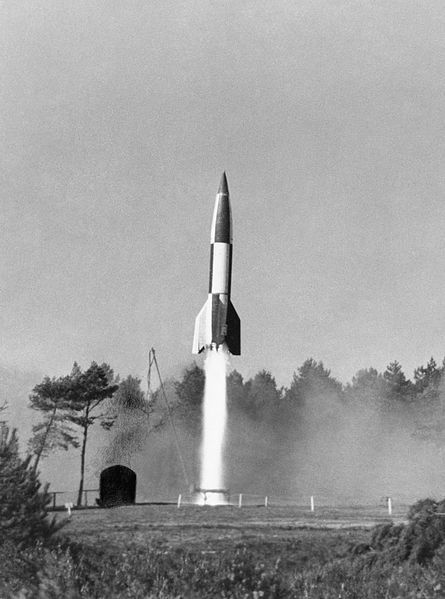
Using German technology that was utilized for the construction of the V2 rocket, the Americans and Russians soon began launching their first satellites. The landing on the moon happened and the International Space Station was established. Now we can learn a lot about the universe, more than ever. We can now make use of satellites and our lives have become simpler and more complex than ever due to these scientific advancements.
Nescafe
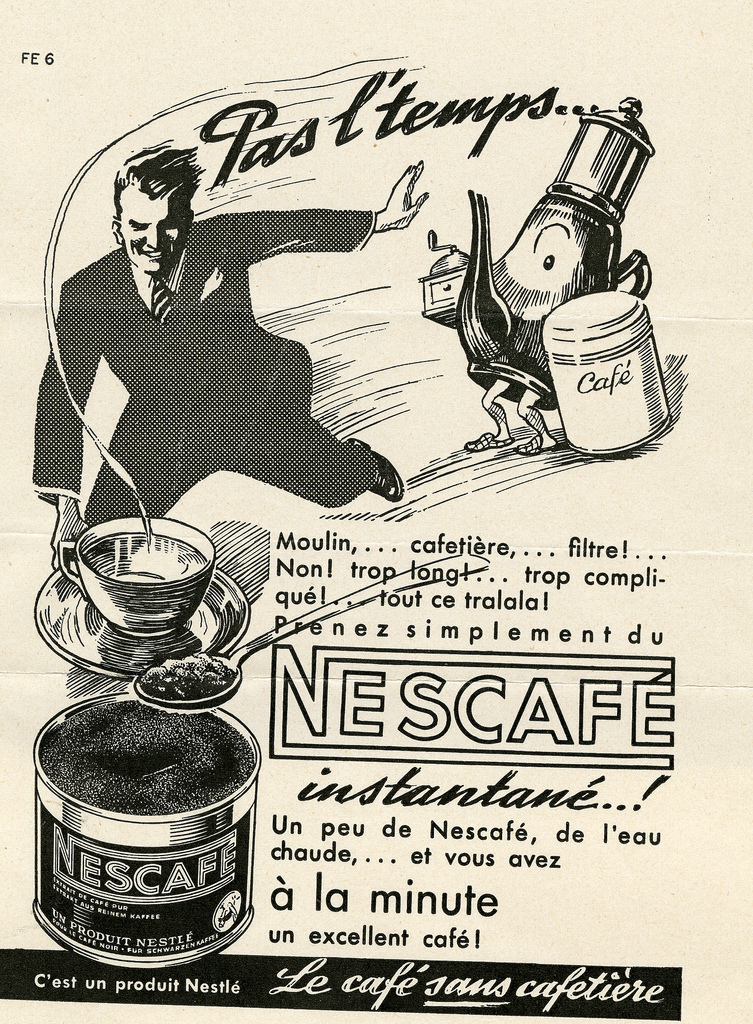
There was a time in history that surplus coffee beans were left unused in warehouses in Brazil. This took place during the time of the Great Depression so buyers demanded some change. It was then that Nestle came up with a way to tackle this issue. Soluble coffee had been produced but not in the way that Nestle’s revolutionary 1938 process of drying the coffee extract with carbohydrates did.
Radar
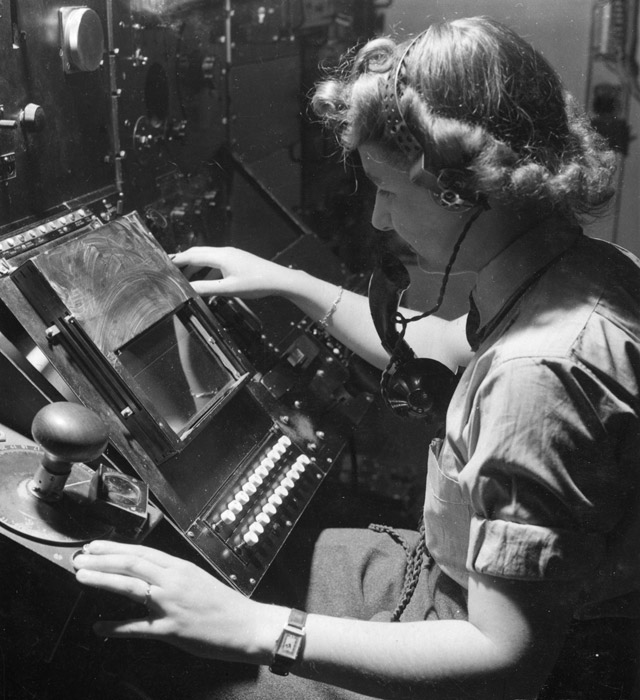
The British did a lot of work in perfecting this. During the time of the Battle of Britain, the need for detecting incoming air-raids was on an all-time high. This paved way for the radar to be innovated. This is still used in our day to day lives in the form of speed cameras. The most common yellow box speed-cameras make use of radar technology in determining the speed at which photos are taken.
Ballpoint pen
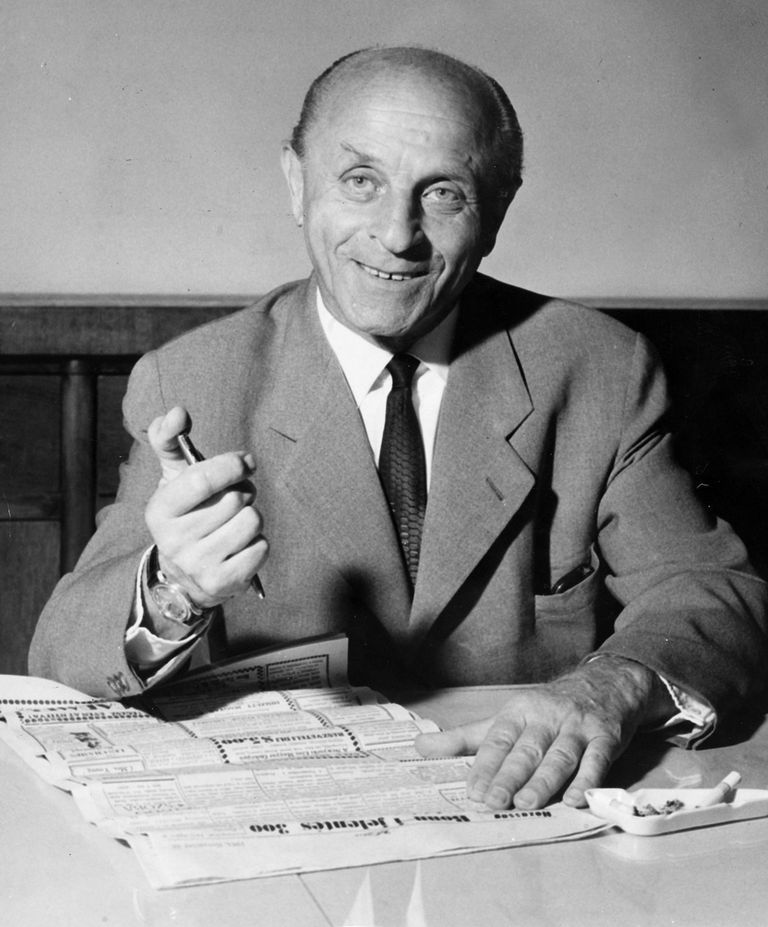
We all know just irritating it gets when a fountain pen leaks. To tackle this tendency to smudge, journalist and artist Laszlo Biro made it a point to come up with what we now call a ballpoint pen. He made this after he found an ink that could dry off immediately at a printing press. With help from George his brother who is a scientist, the ballpoint pen was manufactured in 1938.
Jet Engines
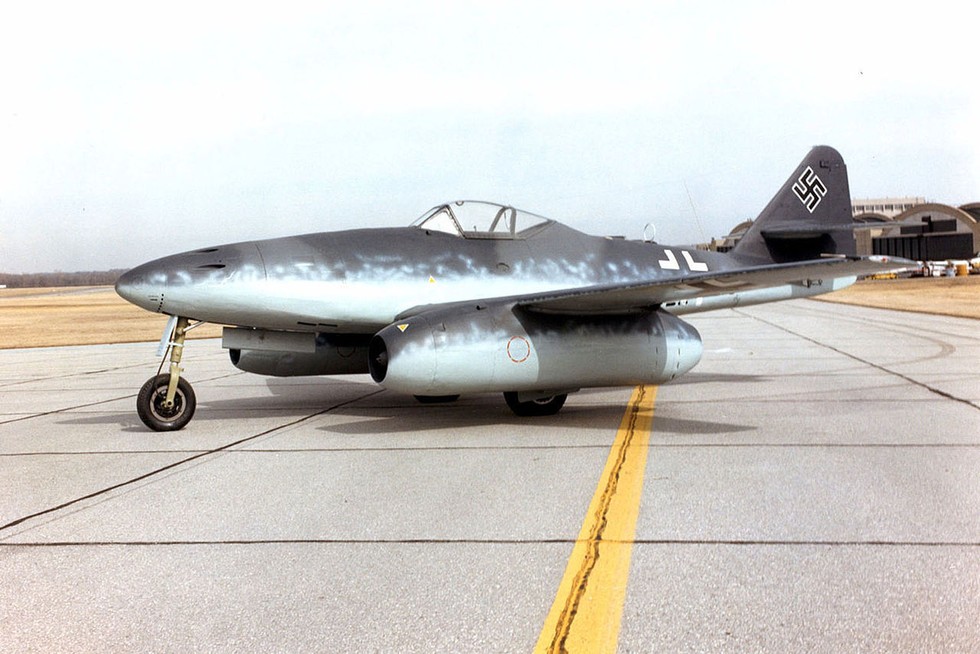
When World War 2 happened, jet engines had been manufactured, helping and giving fighters an advantageous edge when it comes to dealing with their adversaries. The German ME 262 is the first operational Jet fighter with the British Gloucester Meteor coming second. This technology was innovated initially in 1939 and 1945 saw them being used globe for commercial use as well.
Photocopying
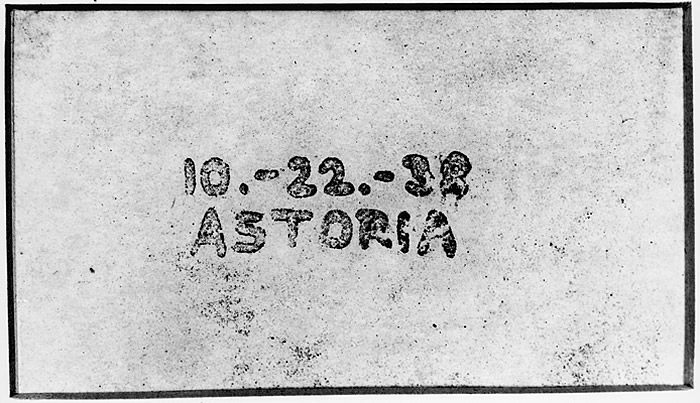
An idea took over Chester “Chet” Carlson after learning about Thomas Edison and other famous inventors during his childhood. He always knew that offices had trouble to proofread things as he was working for a while. After working and much effort, by the year 1937, his kitchen experiments lead to the finding of xenocopy or photocopiers today.

Aucun commentaire: